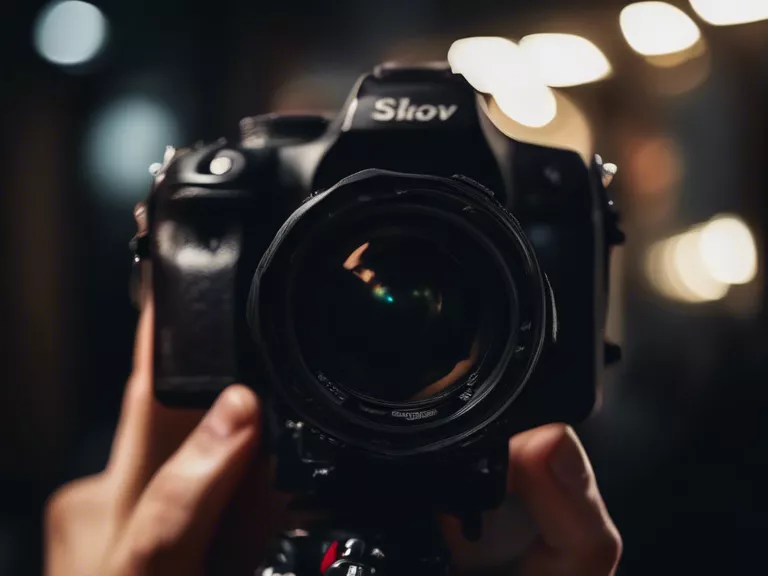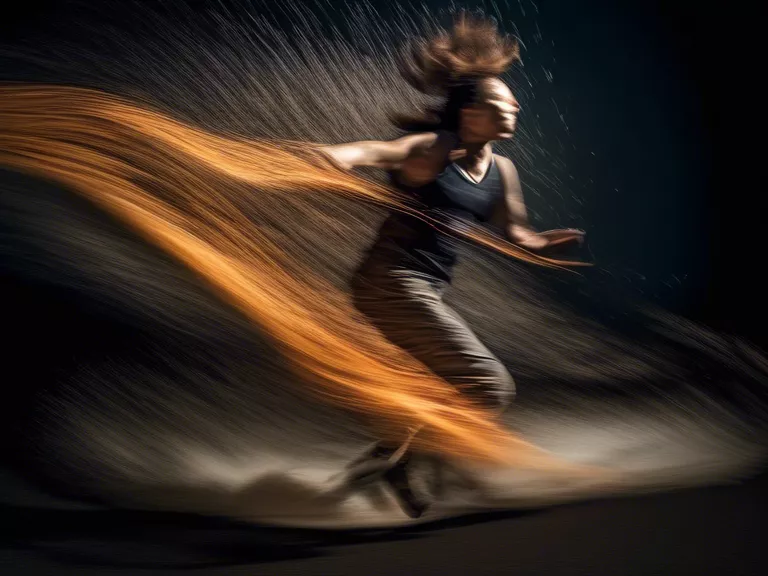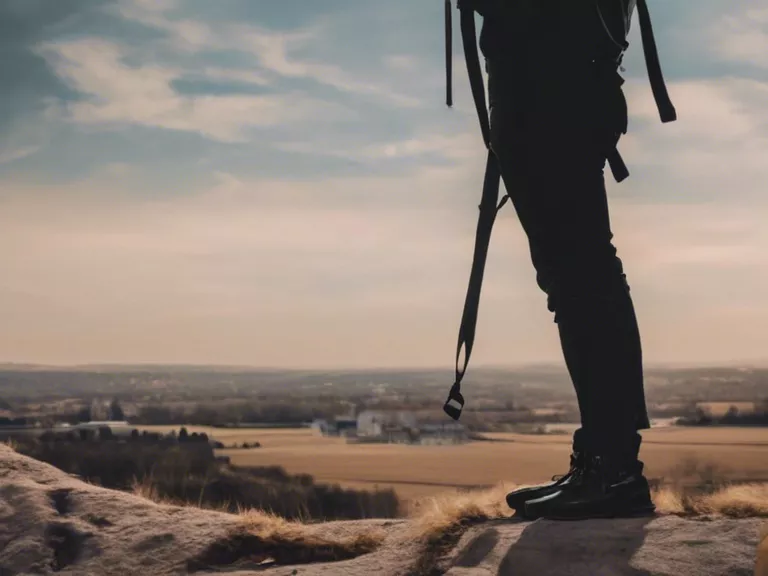
How to Master Night Sky Photography and Capture Starry Landscapes
Night sky photography can be a truly magical experience, capturing the beauty of the stars and landscapes in the dark of night. Whether you are just starting out or looking to improve your skills, mastering night sky photography takes practice and knowledge. Here are some tips to help you capture stunning starry landscapes like a pro.
1. Equipment
Invest in a good quality camera with manual settings and a sturdy tripod. A wide-angle lens with a low aperture is ideal for capturing the vastness of the night sky. A remote shutter release or self-timer can also help prevent camera shake during long exposures.
2. Location
Choose a location away from city lights and light pollution for the best results. National parks, remote fields, or mountains make great settings for capturing starry landscapes. Check the weather forecast for clear skies and plan your shoot during a new moon for darker skies.
3. Settings
Set your camera to manual mode and adjust the settings for night photography. Start with a wide aperture (f/2.8 or lower), a slow shutter speed (15-30 seconds), and a high ISO (1600-3200). Experiment with different settings to find the right balance for the best results.
4. Composition
Compose your shot with an interesting foreground, such as a tree, mountain, or lake, to add depth to your night sky photos. Use the rule of thirds to place the horizon line and the Milky Way in a visually appealing way. Experiment with different angles and perspectives to find the best composition.
5. Post-Processing
Use post-processing software like Adobe Lightroom or Photoshop to enhance your night sky photos. Adjust the exposure, contrast, and white balance to bring out the details in the stars and landscapes. You can also remove noise and sharpen the image for a crisp and clear final result.
With these tips and techniques, you can master night sky photography and capture stunning starry landscapes like a pro. Practice regularly, experiment with different settings and locations, and let your creativity shine through in your photos.



